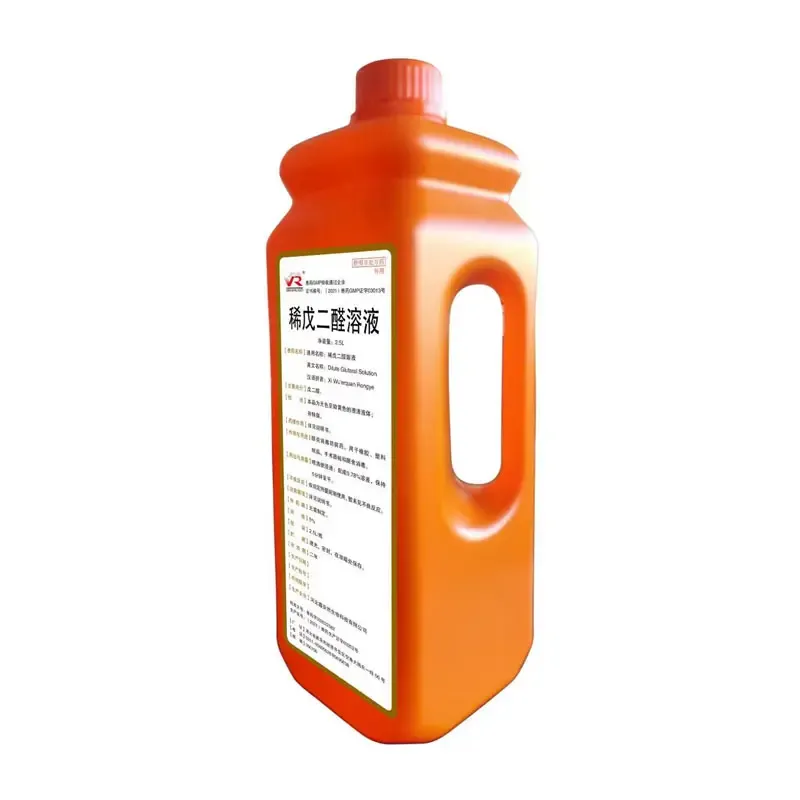- Afrikaans
- Albanian
- Amharic
- Arabic
- Armenian
- Azerbaijani
- Basque
- Belarusian
- Bengali
- Bosnian
- Bulgarian
- Catalan
- Cebuano
- Corsican
- Croatian
- Czech
- Danish
- Dutch
- English
- Esperanto
- Estonian
- Finnish
- French
- Frisian
- Galician
- Georgian
- German
- Greek
- Gujarati
- Haitian Creole
- hausa
- hawaiian
- Hebrew
- Hindi
- Miao
- Hungarian
- Icelandic
- igbo
- Indonesian
- irish
- Italian
- Japanese
- Javanese
- Kannada
- kazakh
- Khmer
- Rwandese
- Korean
- Kurdish
- Kyrgyz
- Lao
- Latin
- Latvian
- Lithuanian
- Luxembourgish
- Macedonian
- Malgashi
- Malay
- Malayalam
- Maltese
- Maori
- Marathi
- Mongolian
- Myanmar
- Nepali
- Norwegian
- Norwegian
- Occitan
- Pashto
- Persian
- Polish
- Portuguese
- Punjabi
- Romanian
- Russian
- Samoan
- Scottish Gaelic
- Serbian
- Sesotho
- Shona
- Sindhi
- Sinhala
- Slovak
- Slovenian
- Somali
- Spanish
- Sundanese
- Swahili
- Swedish
- Tagalog
- Tajik
- Tamil
- Tatar
- Telugu
- Thai
- Turkish
- Turkmen
- Ukrainian
- Urdu
- Uighur
- Uzbek
- Vietnamese
- Welsh
- Bantu
- Yiddish
- Yoruba
- Zulu
Dec . 21, 2024 16:23 Back to list
Gentamicin Sulfate 0.1% Solution for Effective Infection Treatment Options
Gentamicin Sulfate 0.1% An Overview of Its Uses and Significance in Medicine
Gentamicin sulfate is an antibiotic that belongs to the aminoglycoside class of antimicrobial agents. Its primary function is to combat infections caused by certain types of bacteria, particularly Gram-negative bacteria. Given its potency and effectiveness, gentamicin sulfate is frequently utilized in clinical settings, often in a concentration of 0.1% for certain applications. This article explores the characteristics, uses, and potential side effects of gentamicin sulfate 0.1%, emphasizing its importance in modern medicine.
Mechanism of Action
Gentamicin exerts its antibacterial effects by inhibiting protein synthesis within bacterial cells. It binds to the 30S ribosomal subunit, disrupting the translation process, which inhibits the bacteria's ability to grow and reproduce. This mechanism makes gentamicin particularly effective against a range of pathogenic bacteria, including Pseudomonas aeruginosa and Escherichia coli. However, it is important to note that gentamicin is generally used against infections that are resistant to more commonly employed antibiotics, thereby serving as a crucial option in the healthcare provider's arsenal.
Therapeutic Applications
Gentamicin sulfate 0.1% is widely used in various clinical scenarios, including
1. Topical Infections In its 0.1% formulation, gentamicin is often employed as a topical ointment for treating skin infections or wounds that are infected with susceptible organisms. Conditions such as impetigo or infected insect bites may benefit from topical application, as it delivers targeted treatment directly to the site of infection.
2. Ocular Infections Gentamicin sulfate is also formulated as an eye drop solution for treating bacterial conjunctivitis and keratitis. The 0.1% concentration is well-suited for ophthalmic use, as it provides an effective concentration of the antibiotic while minimizing the risk of systemic absorption.
gentamicin sulfate 0.1

3. Inhalation Therapy In certain cases, gentamicin sulfate can be nebulized for patients with respiratory infections, particularly those caused by multidrug-resistant organisms. This method of administration allows for direct delivery to the lungs, optimizing the therapeutic effect while reducing systemic side effects.
Pharmacokinetics and Administration
Gentamicin sulfate is typically administered through various routes, including topical, ophthalmic, and occasionally intramuscular or intravenous for more severe systemic infections. Its pharmacokinetic profile indicates a rapid distribution within body tissues, particularly in the kidneys and inner ear, which is crucial for understanding both its effectiveness and the potential for toxicity. Importantly, dosage adjustments may be necessary in patients with renal impairment, as the drug is primarily excreted unchanged through the kidneys.
Side Effects and Precautions
While gentamicin sulfate is generally well-tolerated, it is not without potential side effects. Topical applications may result in localized irritation, redness, or allergic reactions. When used systemically, more serious adverse effects can occur, including nephrotoxicity and ototoxicity. These side effects necessitate careful monitoring, particularly in patients with pre-existing kidney conditions or those receiving concurrent nephrotoxic medications.
To minimize the risk of adverse effects, healthcare providers typically adhere to established guidelines for dosing and duration of therapy. Gentamicin should only be utilized when indicated, particularly in the face of bacterial resistance and in consideration of alternative treatment options.
Conclusion
Gentamicin sulfate 0.1% serves as a valuable tool in the management of bacterial infections, particularly in scenarios involving resistant pathogens. Its diverse applications, from topical treatments to ocular therapies, highlight the considerable role this antibiotic plays in modern medicine. However, due consideration must be given to its side effects and the need for appropriate patient selection. As researchers continue to explore ways to combat antibiotic resistance, medications like gentamicin will remain fundamental in the fight against infection, demonstrating the intricate balance between therapeutic efficacy and safety in pharmacology.
-
Guide to Oxytetracycline Injection
NewsMar.27,2025
-
Guide to Colistin Sulphate
NewsMar.27,2025
-
Gentamicin Sulfate: Uses, Price, And Key Information
NewsMar.27,2025
-
Enrofloxacin Injection: Uses, Price, And Supplier Information
NewsMar.27,2025
-
Dexamethasone Sodium Phosphate Injection: Uses, Price, And Key Information
NewsMar.27,2025
-
Albendazole Tablet: Uses, Dosage, Cost, And Key Information
NewsMar.27,2025













